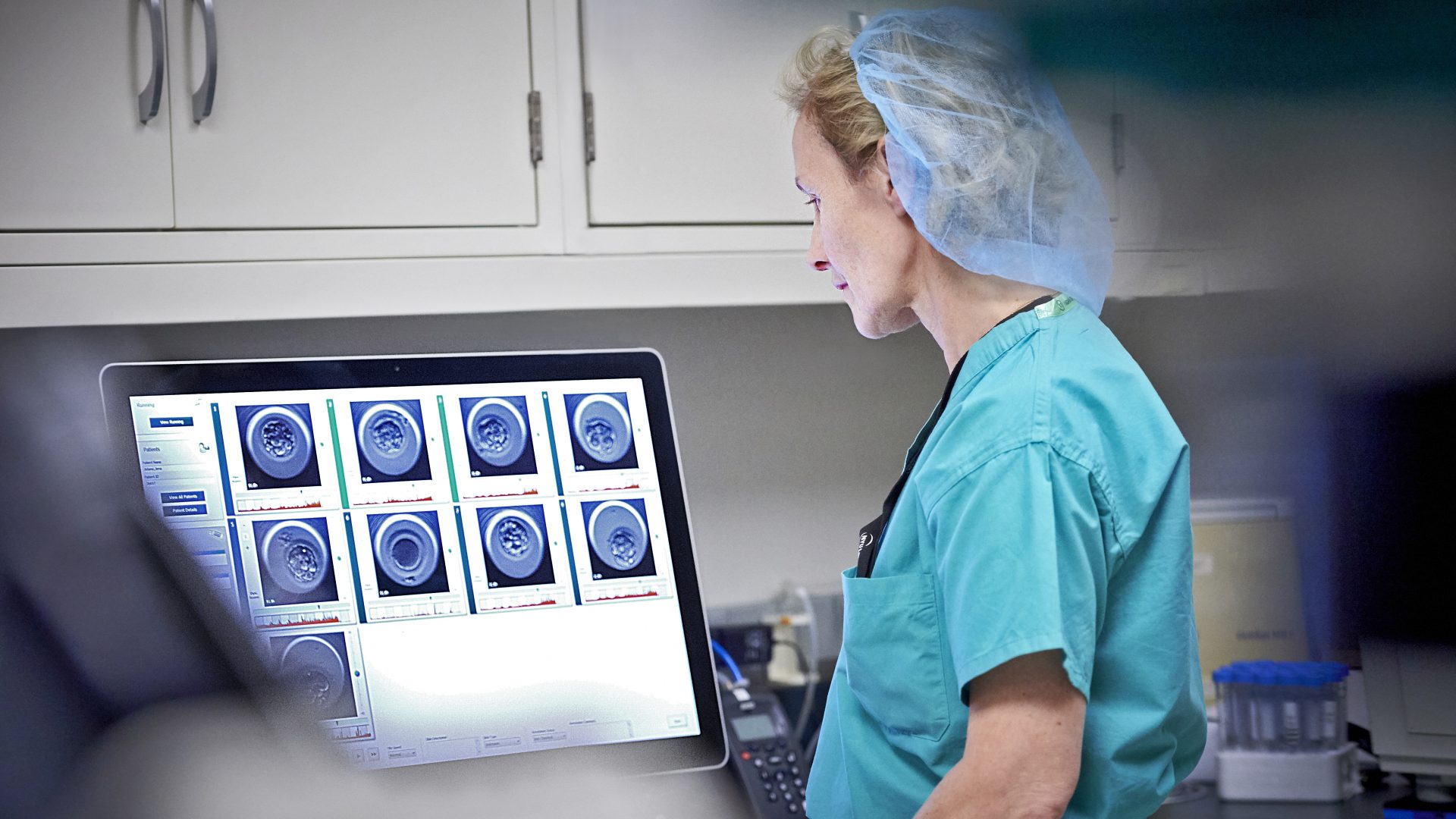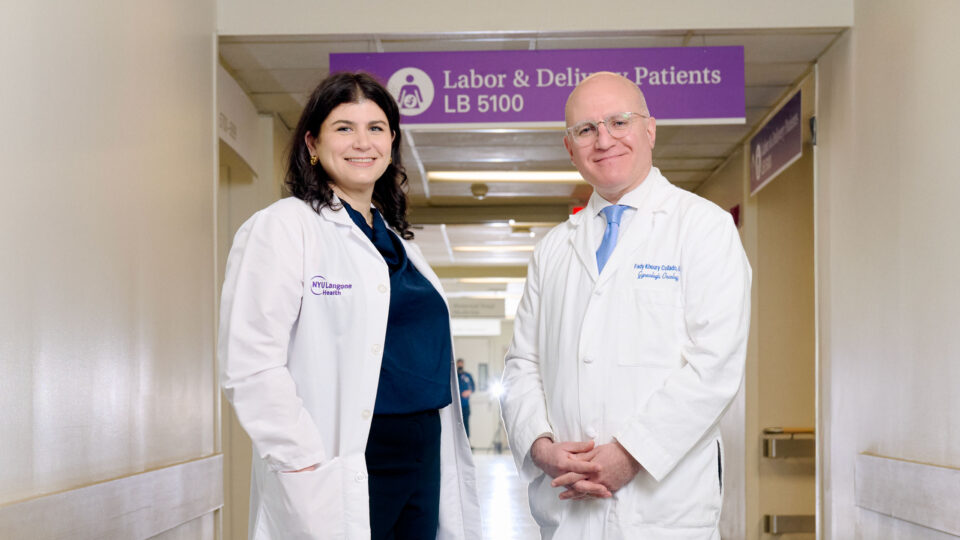For the growing numbers of women in the U.S. and many other industrialized countries who are postponing childbearing beyond age 35, oocyte cryopreservation (OC) has become a sought-after fertility preservation method. However, most frozen oocytes have not yet been implanted and data on results remain scarce.
Experts at NYU Langone Health recently published the largest U.S. study to date on thaw outcomes from OC performed for age-related fertility decline. The report was based on 15 years of electronic medical records from the NYU Langone Fertility Center.
Notably, the team found the live birth rate from OC significantly exceeded the live birth rate per cycle in women using IVF at a later age. Live births using OC were 39 percent compared to IVF rates of 21.1 percent in women ages 38 to 40 and 11.1 percent in women ages 41 to 42, as reported by the CDC.
“Better understanding the live birth rate from egg freezing for age-related fertility decline is necessary to inform patient decision-making,”
Sarah Druckenmiller Cascante, MD
“Better understanding the live birth rate from egg freezing for age-related fertility decline is necessary to inform patient decision-making,” says lead author Sarah Druckenmiller Cascante, MD. “Our findings shed light on the factors that track with successful births, which include careful screening of embryos to be thawed and implanted.”
The Benefits of Early Preservation
The researchers examined the records of 543 patients seeking OC services at the center between 2005 and 2020. The median age at first OC was 38.3, and the median age at thaw was 42.6.
Certain variables correlated with even higher success rates. Among women who were under 38 at first OC, the rate of live births was 51 percent. Across all ages at first OC, the rate rose to 58 percent for women who thawed more than 20 mature eggs. Women who were under 38 at first OC and thawed more than 20 mature eggs achieved a live birth rate of 70 percent. The length of frozen oocyte storage did not affect outcomes.
Preimplantation genetic screening with embryos from frozen eggs resulted in lower miscarriage rates and higher live birth rates per transfer. Such screening also allows for single embryo transfers, yielding singleton pregnancies, which are safer for both the mother and child.
The Advantages of Real-Life Data
Although a few previous studies had shown that OC results in euploidy and pregnancy rates comparable with IVF, most of these included patients with infertility and cancer. The NYU Langone study excluded patients with such diagnoses, focusing on women freezing eggs solely as insurance against age-related fertility decline.
Also different from previous studies, the new publication reported real OC data rather than relying on predictive algorithms that extrapolate outcomes from IVF patients and egg donors.
“Our results provide realistic expectations for those considering oocyte preservation and demonstrate that egg freezing technology empowers women with improved reproductive autonomy.”
James A. Grifo, MD, PhD
“Our results provide realistic expectations for those considering oocyte preservation and demonstrate that egg freezing technology empowers women with improved reproductive autonomy,” adds study senior author James A. Grifo, MD, PhD, director of the Division of Reproductive Endocrinology and Infertility. “As younger patients freeze eggs and do more than one cycle, the success rates will be even higher than reported in this study.”







